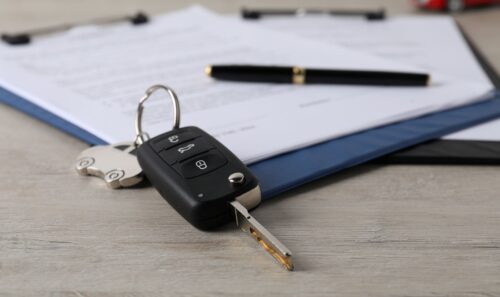As accountants we use Xero all day long; we’re trained to spot errors and at Hive, we’re distinctly good at doing so for the Dental sector.
Bookkeeping errors have the potential to cost your practice thousands in tax payments so it’s important to get it done right. Whether you complete your bookkeeping yourself, hire someone externally, or are not quite sure about the bookkeeping process from scratch – we’ve listed below the common mistakes we run into and explained their associated potential impacts to your business.
Mixing private expenditure with personal
Don’t add your personal banking accounts as bank account feeds in Xero. It may seem like a sensible idea but it can cause confusion later on. Including personal expenditure incorrectly can cause your financial reports to be an untrue reflection of your business, and if not realised at the year-end can mean that you’re submitting false information within your Annual Accounts. It can also cost you time too, picking through what is personal or a business expenditure, keep it separate to keep it simple.
However, make sure you don’t miss out on including personal expenditure where required. Not every expense you incur will be paid for on your business card, so we need to account for those which are not. Perhaps you bought an expensive piece of machinery or paid for travelling costs out of your own pocket. Through a twelve-month period, these costs can be substantial and if you’re not accounting for them at the year-end then you’re missing out on the tax relief those costs bring your business – and in turn, risking a higher tax bill than you truly should’ve incurred.
Awareness of specific tax rules
Part of being an accountant is keeping up to date with legislation changes in relation to tax, we need to do this to carry out our work effectively. This involves maintaining an adequate knowledge of how to treat business expenditure, a knowledge that lets us know when a particular cost should be capitalised, added back for tax, apportioned, split for private usage, depreciated, amortised or other.
Commonly, we will see a new car purchase incorrectly posted to motor vehicle expenses on the P&L, meaning the cost won’t get capitalised and added as a business asset. We will see an incorrect calculation for Home Usage which will inflate expenditure and give you a false profit reading. We see disallowable entertaining expenditure posted to sundry accounts, loan repayments posted to the P&L, dividends posted to Director Remuneration. These bookkeeping mistakes (and others) will impact both the quality of your financial reports in Xero, but also on your year-end tax position if not accounted for correctly.
Dates of entry
When entering transactions into Xero it’s important to pay close attention to dates on documents, invoices, and bills. It’s unavoidable that you’ll need to enter a transaction retrospectively at some stage and if you enter an incorrect date then the transaction in question may fall into an incorrect Accounting Period. You may miss out on tax savings in a year where your profits/tax bill is larger than normal, opening the door for cash-flow issues in the following periods.
Incorrect analysis
- Associate and Hygienist costs are often posted to ‘Staff Salaries’ – which should only be used for your PAYE employees
- When out and about travelling for work, if you grab a coffee or some lunch, this shouldn’t be posted to ‘General expenses’, but instead should be recorded as a Travelling expense incurred.
- Stationery and other items for the office should be posted to Printing & Stationery on the Profit and Loss. The common mistake we encounter is that clients instead post to ‘Office Equipment’ on the Balance Sheet, which is a capital account and should be used for larger value asset purchases to remain in the business for 12 months +.
- Clothing purchased for work should be logoed or protective and necessary for carrying out your duties. A pair of shoes purchased, even if only to wear to work, is in fact a private expense and should be posted to the Director Loan Account (or Drawings account) instead of the Protective Clothing account on the P&L.
- Dividends and Director Remuneration are different things – be sure to remember this when reconciling your payments.
If you have any queries regarding your personal and business expenditure or would like some assistance or training with your bookkeeping processes please get in touch. We also have a guide to the expenses you can claim here.








